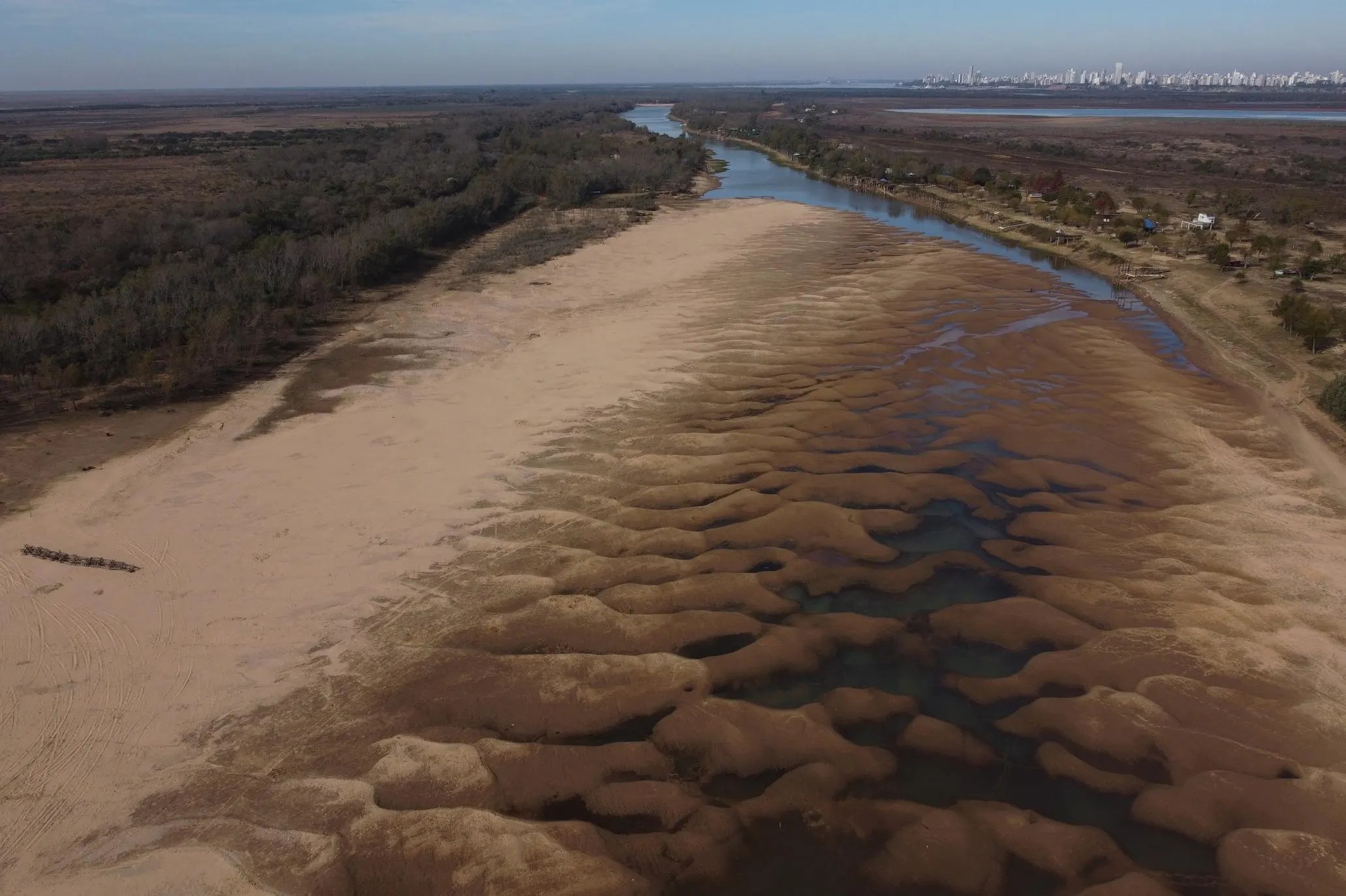While I appreciate the work of the International Energy Agency (IEA) and often use their data in my analysis, I must respectfully disagree in the strongest terms with the Executive Director and his views on hydropower.
In his commentary, “Hydropower is still ‘the forgotten giant of electricity’ and that needs to change,” Executive Director Fatih Birol begins by reflecting on a report the IEA released four years ago. That report lamented the exclusion of hydro in conversations about expanding energy infrastructure and provided steps to remedy this supposed problem.
For those of us with firsthand experience of the devastation caused by hydropower dams, the points he glosses over so generally are, in fact, the primary causes of concern and deserve more attention.
With all respect to the Executive Director, I hope that in another four years’ time hydropower will indeed be the forgotten giant of electricity.
I’ve been a conservationist for decades and have direct experience in development. Working on the ground has given me a perspective that I fear the Executive Director lacks.
Not until the last paragraph of his commentary does he mention sustainability—and when he does, it’s only two sentences. He discusses sustainability mainly as a public perception problem that must be addressed, not as a real issue in itself.
Fluctuating rain conditions due to climate change are mentioned, but there is no acknowledgment of the deforestation caused by dams, nor the rainfall fluctuations caused by this deforestation.
It’s easy to say that sustainability must be prioritized when building dam projects, but what does this mean in practice? Dams cause devastation wherever they’re built, and to call them clean energy is categorically incorrect. Future reforms in energy policy will surely address this error.
In tropical countries with dwindling forests, these dams directly destroy large swaths of forest and replace them with methane-spewing reservoirs, turning carbon sinks into carbon emitters.
An important point of distinction where I agree with the Executive Director is Pumped Storage Hydropower (PSH).
For storing energy while keeping our forests intact, I advocate for the targeted use of Pumped Storage Hydropower. We can use gravity and potential energy to build giant water batteries and keep rare minerals for other applications.
While PSH does require some space, it’s not as inherently damaging to forests as traditional hydropower dams.
We should decouple them mentally because, besides water, they have little in common.
Pumped Storage Hydropower is an energy storage system that continues to be proven useful, whereas hydropower dams are outdated and dangerous forms of generating electricity that serve no useful purpose.
PSH has been around for over a century and is well established.
I’m proposing that we continue to use PSH for storage in conjunction with clean variable energy sources like wind and solar so that we can phase out the destructive hydroelectric dams that have been a scourge to developing countries.
In spite of what the Executive Director claims, hydro projects do not bring equitable or sustainable economic development.
Hydropower dams and their reservoirs destroy thousands of hectares of forest. They turn carbon sinks into carbon emitters in tropical countries, as continued research shows.
This deforestation has a compounding effect that’s directly caused by forest destruction—the effect on rainfall and water scarcity.
Without forests to bring in, capture, and then release this rainfall, inland areas are subjected to droughts and torrents.
The depletion of regional rainfall has been observed in deforested areas, and dams have witnessed the impacts of this dryness on their productivity. Some have closed, and many now have significantly reduced capacity.
As a method of generating power or storing water for irrigation, traditional hydropower dams are self-defeating.
On the other hand, pumped storage hydro provides around 90% of global long-duration energy storage capacity and has been fit for purpose since 1907.
The smart use of pumped storage hydro can have a place in our future energy landscape.
Traditional hydropower dams do not have a place in our net-zero-by-2050 future.
https://bitcoinethereumnews.com/finance/in-spite-of-what-the-iea-says-let-hydropower-be-forgotten/
